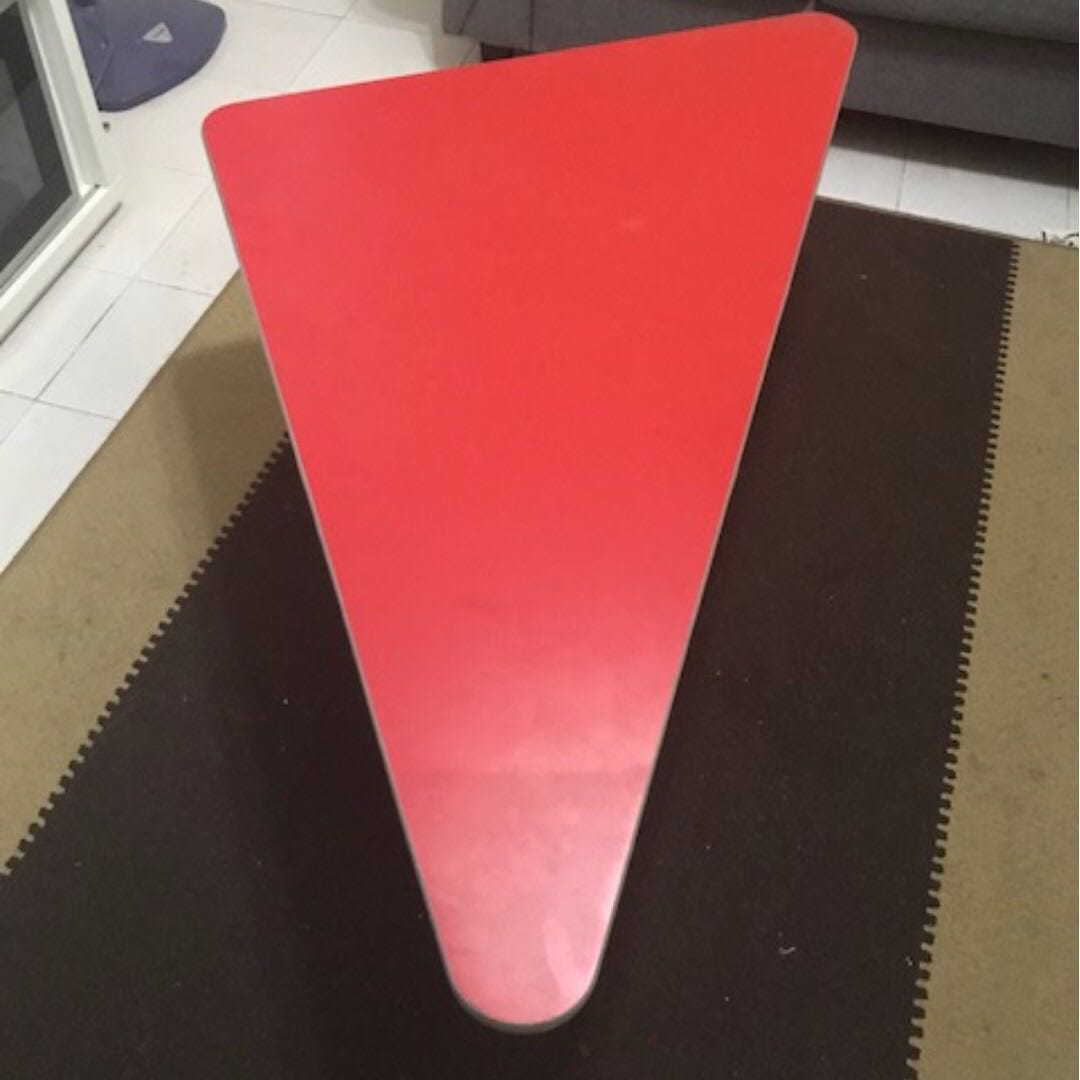Triangles are like the celebrities of the geometry world – each with its own unique style. You’ve got your equilateral triangles (perfectly balanced), your isosceles triangles (with a matching pair), and then you have the obtuse scalene triangle, the one that likes to stand out from the crowd.
What Makes a Triangle “Obtuse Scalene”?
Imagine a triangle where one of its angles decided to get a little greedy with the degrees – that’s your obtuse angle (an angle larger than 90 degrees). Now, picture all three sides of this triangle having different lengths, like they couldn’t agree on who gets to be the longest. That’s the scalene part – no two sides are the same.
So, there you have it – an obtuse scalene triangle: one angle bigger than 90 degrees and all sides with their own unique length. It’s like the rebel of the triangle family!
Key Characteristics and Properties
Let’s break down the defining features of our obtuse scalene friend:
- Angles:
- One obtuse angle: This is the defining feature – an angle greater than 90 degrees.
- Two acute angles: The other two angles are smaller than 90 degrees. Remember, all angles inside a triangle always add up to 180 degrees.
- Sides:
- All different lengths: This means there are no congruent (equal) sides. This characteristic is what makes it “scalene.”
- Longest side opposite the obtuse angle: If you were to draw a line straight out from that wide obtuse angle, you’d bump into the longest side of the triangle.
Obtuse Scalene Triangles in the Real World
You might think these triangles sound a bit abstract, but they’re actually hiding in plain sight! Here are a few places you’ll find them:
- Architecture: Think about the steep slopes of some roofs or the unique angles in modern buildings. Architects use obtuse scalene triangles to create visually interesting and structurally sound designs.
- Engineering: Bridges often use a variety of triangle shapes for strength and stability, and obtuse scalene triangles can play a role in distributing weight effectively.
- Design: You’ll find obtuse scalene triangles in logos, furniture, and artwork. Their asymmetry adds a dynamic and unconventional feel.
Where Things Get Interesting: Formulas and Applications
- Area: Just like with other triangles, you can find the area of an obtuse scalene triangle using:
(1/2) * base * height. The “height” is a bit trickier here – it’s the line you’d draw straight down from the obtuse angle to the base, forming a right angle. - Perimeter: This one’s easy – just add up the lengths of all three sides!
Beyond the Basics:
- Law of Sines and Law of Cosines: These are powerful tools used in trigonometry to solve for unknown sides or angles in any triangle, including our obtuse scalene friend – especially when you don’t have a right angle to work with.
Obtuse Scalene vs. the Rest
Let’s clear up any confusion by comparing obtuse scalene triangles to some of their triangle relatives:
- Obtuse Isosceles Triangle: This triangle also has an obtuse angle, but two of its sides are equal in length.
- Acute Scalene Triangle: All of its angles are acute (less than 90 degrees), and all three sides have different lengths.
- Right Scalene Triangle: This triangle has one right angle (exactly 90 degrees), and all three sides are different lengths.
Conclusion
The obtuse scalene triangle might seem like an outlier at first, but its unique properties make it essential in various fields. From architecture to design, understanding this triangle type helps us appreciate the beauty and complexity of the world around us.
Don’t miss out on the exploration of the full meaning behind the intriguing Latin phrase vincit omnia veritas. Intriguing details about Native American shelters called wickiups await your discovery.












